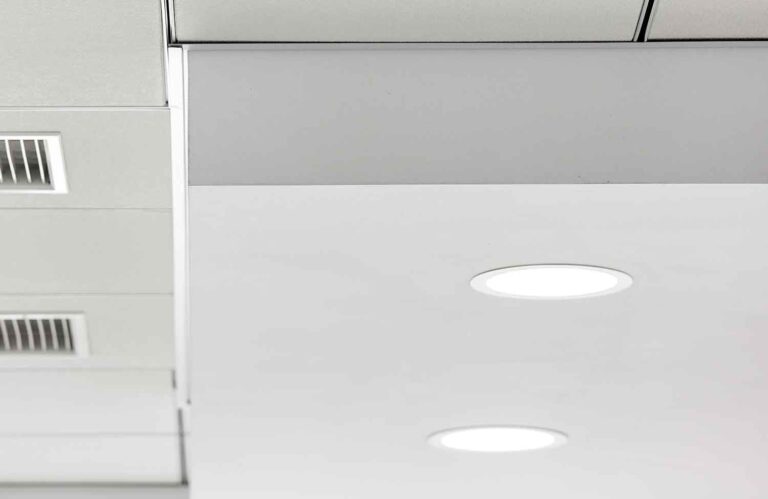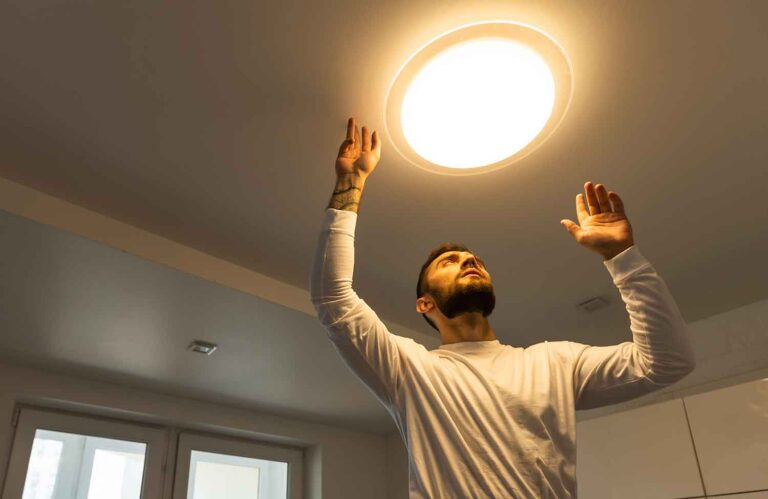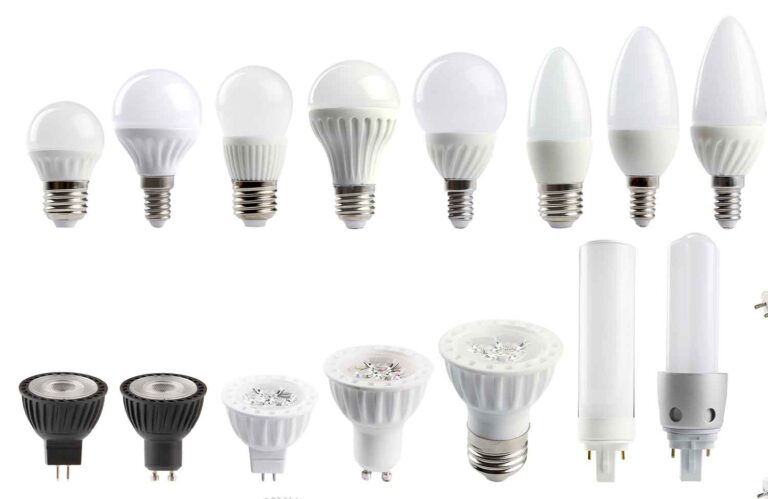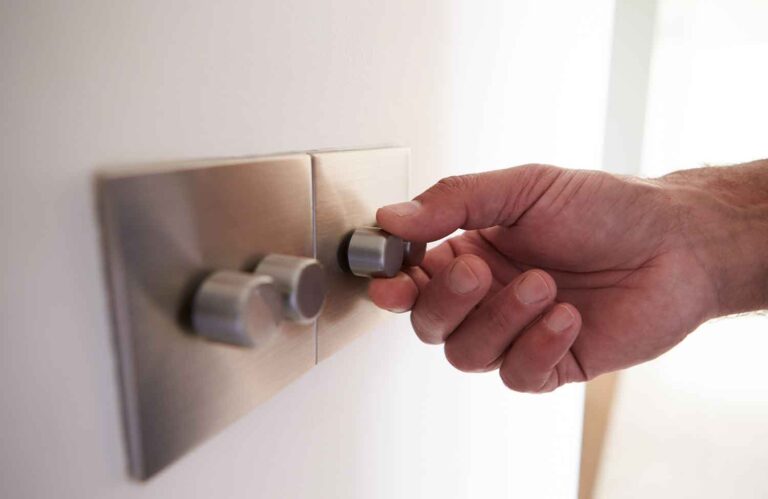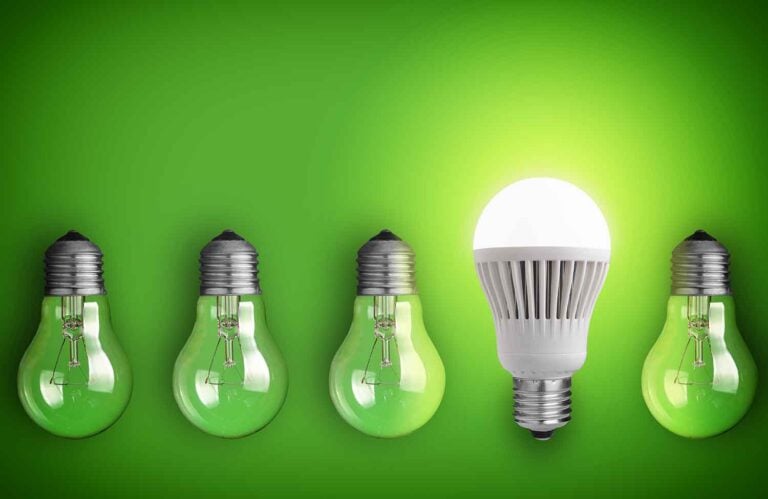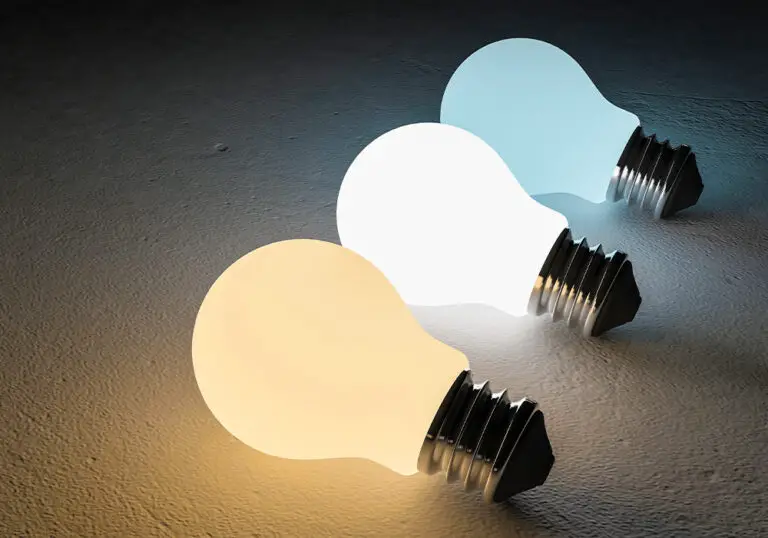Why Are My LED Strip Lights Not the Same Colour?
LED strip lights are incredibly versatile lighting fixtures that come in a wide variety of colours. From bright whites to vibrant RGB shades, LEDs offer endless options for you to tailor the ambience of a room; such colour customisability is a key feature that sways many people into investing in these fixtures. However, over time, LED strip lights can falter in their colour temperature or vibrancy. It can be extremely disappointing to find that your LED strip lights aren’t the same colour as they once were.
LED strip lights may change colours in response to hardware faults or unfavourable environmental conditions. For example, it could be that the strip lights aren’t receiving sufficient voltage in order to power the fixture properly. Alternatively, the LEDs may be damaged due to overheating or poor air circulation around the fixture. If you’ve recently painted around the fixture, this could also be the source of damage to the lights. You can follow through some simple troubleshooting steps detailed later in this article to fix your discoloured LED strip lights.
What Can Cause LED Strip Lights to Change Colours?
As we explain below, there are several circumstances under which your LED strip lights may change colours. Insufficient voltage or damage to the strip are the two most likely culprits that cause the discolouration of the LEDs.
1. Drops in Voltage Along Strip Lights
The bulbs in LED strip lights may appear gradually discoloured from one end of the strip to the other. This is due to differences in the voltage between the LED bulbs closest and furthest away from the power source.
LED strip lights are powered by two copper ribbons that run the length of the fixture’s strip. When you switch the fixture on, electric current travels from the power source through these ribbons to power the LEDs. Cheaper LED strip lights will contain less copper than more expensive models; less copper equals more resistance against the flow of electricity, preventing it from travelling at full voltage to the end of the fixture.
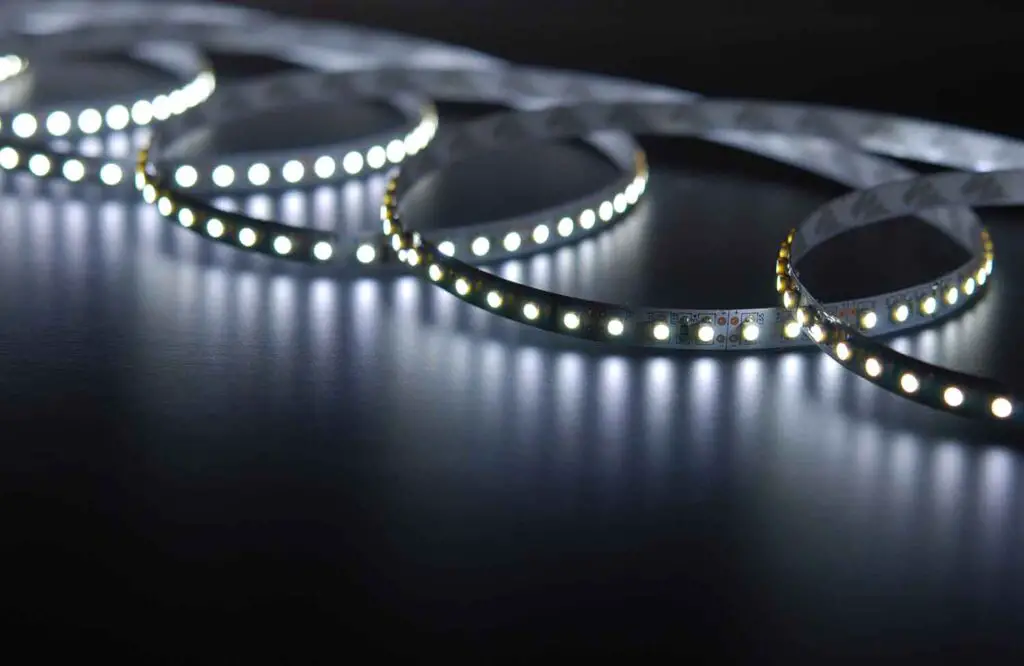
Consequently, this causes a drop in voltage to the bulbs furthest away from the power source. You may then notice that the bulbs become gradually more discoloured from one end of the strip to the other. If the power supply is insufficient for the length of the strip, the LEDs may not light up at all.
2. LED Bulbs in Strip Lights Overheating
LED discolouration could be an indication that the strip lights are overheating. Heat will generally cause the premature degradation of the strip light and its components. And, if the fixture gets too hot, it can cause the LEDs to change colour.
Compared to conventional bulb types, LEDs give off very little heat during operation; this is due to the lack of heated filaments or gases otherwise common to incandescent and fluorescent bulbs. On top of this, LED bulbs and strip light fixtures come with additional ways in which they disperse excess heat. They typically involve some form of heat sink such as aluminium casings or channels on the bulbs; the adhesive on the strip lights may also contain ceramic particles to draw heat away from the diodes. These protective features are essential as LEDs are highly sensitive to heat.
However, it’s still possible for LEDs to overheat under some conditions. For instance, the material to which you adhere the strip lights can affect their temperature; strip lights on wooden surfaces are more likely to overheat than those on metallic surfaces. If the fixture is exposed to excessive heat for a prolonged period, this can cause the discolouration of the LEDs.
3. LED Strip Light Fixture Has Poor Ventilation
Continuing from the previous point, LED strip lights can change colour if the fixture lacks sufficient air ventilation. This is one of the most common causes for an LED strip light to overheat.
Despite producing minimal heat, LED fixtures still require a certain amount of ventilation to prevent the overheating of the bulbs. There must be enough space around the bulbs for cool air to circulate and draw away any excess heat. Without this ventilation, the bulbs can overheat and deteriorate, which potentially results in the LEDs changing colour.
4. Paint on Bulbs or Circuits in Strip Lights
Another potential cause for LED strip lights changing colour could be due to paint infiltrating the fixture. If you’ve recently painted around the strip lights, this is a likely cause for the discolouration of the LEDs.
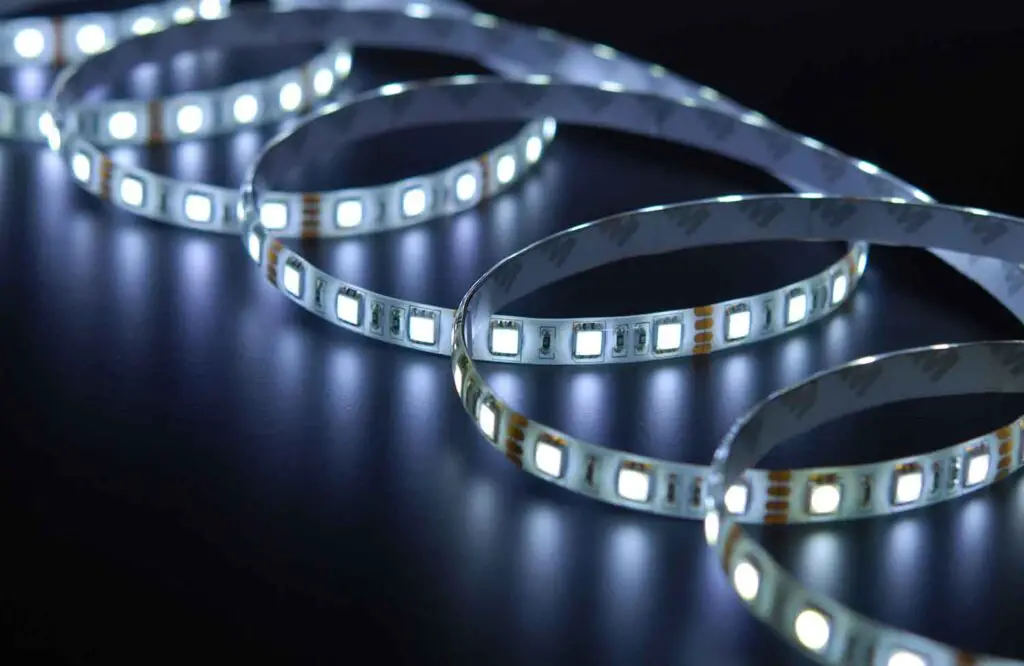
It’s a common scenario for homeowners to paint the walls around an LED strip light after placing it. If you don’t first remove the strip lights, it wouldn’t be difficult to accidentally paint over the fixture. Even one stray drop of paint over a single diode can impact the colour and brightness of the fixture; this will make it seem as though the LED strip lights are not the same colour along the whole strip.
An even worse scenario is if the paint permeates through to the wiring or circuitry of the strip light. The paint can interrupt the electrical circuit, potentially shorting or damaging it altogether. In addition to the LEDs changing colour, this may cause the bulbs to flicker, or they may stop working entirely.
Troubleshooting LED Strip Lights that Are Not the Same Colour
Follow through these steps to troubleshoot the cause of LED strip lights that aren’t the same colour. Our method involves checking the connections on the strip light before resetting the fixture; in most cases, this should fix any technical issues causing discolouration of the bulbs. If these steps fail, the only option left is to replace the controller and/or fixture altogether.
Step 1: Check All Connections on LED Strip Light
The first stage in troubleshooting the strip light is to check every connection and ensure they’re plugged in properly. If your LED strip lights aren’t the same colour, loose connections are both a likely cause and an easy fix.
Method:
- Check that the black wire on the RGB connector is on the correct side; it should be on the same side as the +12V.
- Next, check that the positive (+) end of the connector is aligned with the positive side of the strip light.
- As a final check, ensure the R, G, and B wires are connected to the correct terminals. There’s a chance that the RGB wires are labelled incorrectly; try different combinations of the wires to see if that fixes the discolouration.
- If the LED lights are still not the correct colour, move on to the next troubleshooting step.
Step 2: Reset LED Strip Light
If the previous step fails to fix the issue, your next option is to reset the LED strip light. Adjustments you make to the settings of your strip lights over time can cause the LEDs to malfunction. Resetting the lights and the controller to the fixture’s factory default settings is a straightforward fix; this will undo any changes that may be interfering with the functionality of the lights.
Method:
- Find out the reset method specific to your exact model of LED strip light. The easiest way to find out this information is to search for the manufacturer’s guidance online.
- In most cases, the reset process will involve pushing a ‘reset’ button somewhere on the fixture.
- If the fixture doesn’t have a reset button, the reset process may involve pressing the power button for some time.
- If neither of the previous steps work to reset the fixture, contact the manufacturer for further assistance.
Step 3: Replace Controller and/or Strip Light Fixture
Unfortunately, if the previous steps fail to fix the issue, it’s likely that the controller or fixture is faulty. Your only option at this point is to replace one or both of these parts as they’re beyond repair.
Method:
- First, troubleshoot whether the controller or the fixture is at fault. You can do so by attempting to use a different controller to control the strip lights.
- If the strip lights work with a different controller, then only the controller was faulty; if not, you’ll need to replace the whole strip light fixture with a new one.

